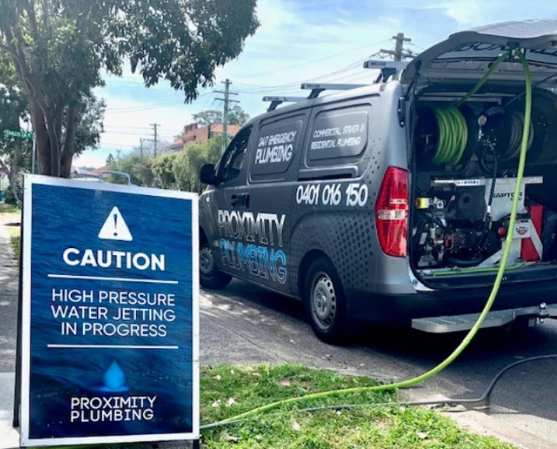
Problems and solutions for Australian homes
Australia is a landlocked nation that is entirely encircled by the ocean when it comes to geography. Towns which have lovely beaches have many residences close to the water. Several drawbacks exist even if constructing homes near the coast enhances the area’s aesthetic appeal. Structural strength may be harmed by erosion of the soil. The salty air and sand destroy many fixtures, and due to this, there is a significant need for an emergency plumber. Depending on the severity of the soil erosion, the whole structure may be affected.
A rise in the water table
The greatest threat to communities in Australia is the increasing water level. The melting of the polar ice caps is attributed to a rise in the world average temperature (AMT). Due to this environmental change, sea levels are increasing, progressively engulfing several Australian land masses. Humans and other lifeforms are in danger because of increasing sea levels, which pose a hazard. The sea’s waves weaken the homes. In addition, dwellings’ metal supports deteriorate due to the saline water in the soil.
Weathering and eroding of soil
There are a lot of residences built very next to the beach in the villages of Australia. However, the dirt will end up in the ocean due to the continual pounding of the waves. If this process continues for too long, the soil around the home’s foundation may wash away. The foundation’s strength is weakened as a result of this erosion. Pollution may also affect Brick walls, which removes their weather protection. Depending on where you live in Australia, the weather might be rather diverse. Coastal communities, on the other hand, are subject to some of the most unpredictable weather patterns. Wind and sand cause the paint on areas to chip and peel depending on the weather. It also damages plumbing fixtures and other home equipment because of the infiltration of outside air into the home. Metal components corrode more quickly when exposed to sea air. Metal items exposed to the elements are more susceptible to corrosion.
Internal issues
The salt content of the air and the sand also affects the dwellings’ interiors. The saline air may harm the leather and other textiles. The sand is terrible for textiles like carpets and other floor coverings. Sand and rust may also harm electrical appliances and other equipment. Due to the saline air, metal components in many home appliances are particularly vulnerable to corrosion and wear.
How problems with beachfront homes may be solved:
Limit the number of air inlets to prevent leaks.
When residences near the seaside have leaks, the consequences may be much more severe than in other areas. Leakage from electrical components may produce a short circuit because of the high salt content in the air. Because of the salt concentration, appliances with metal components risk rust and corrosion. The sand may be reduced by limiting the air input or covering the passages with sand filters. This preventative measure safeguards the interior materials and textiles against deterioration.
Maintaining your vehicle regularly.
A seaside home is susceptible to a variety of issues. Regular maintenance is easier to deal with when an emergency plumber is readily available in the towns of Australia. It is possible to avoid a total system replacement by conducting regular inspections of fittings and appliances. Also, keep an eye out for any severe defects, such as cracks, on the roof. Apply exterior paint regularly to avoid the deterioration of the external walls.
